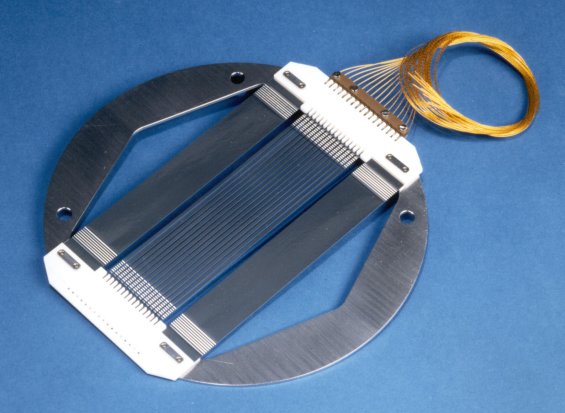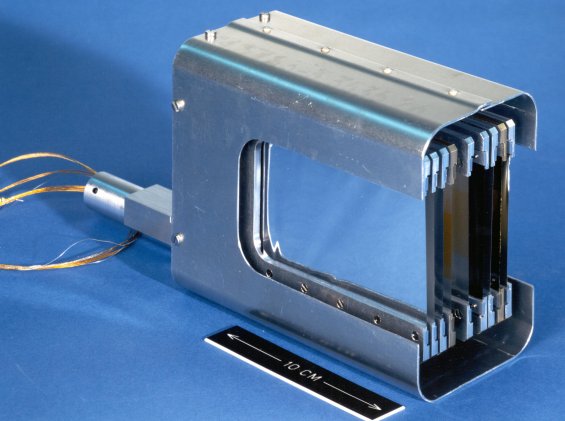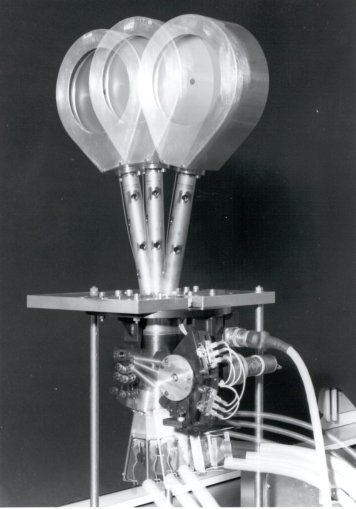SEM Detectors
Secondary Emission Dectectors
Introduction
When electrically charged particles with sufficient kinetic energy hit the surface of a solid, the latter emits electrons. These electrons are called secondary electrons, and the bombarding electrons are called primary electrons.
SE Grids
When a beam passes through a foil or a wire, a few percent of low energy electrons, with respect to the incoming particles, are emitted from the superficial layers. This charge depletion is proportional to the local density of the beam and can be used to measure a beam density profile.
The main problems encountered with these monitors are the small useful signal (pC) generated under a very high source impedance, and the collection of unwanted parasitic charges.
The monitors are, in general, built with the thinnest possible foils to minimize disturbance to the beam.
The main limitations of these monitors are their resolution, owing to the finite number and dimension of the strips, and the overall gain spread from channel to channel.
The resolution can be increased in single-shot operations by inclining the grid with respect to the beam direction. In a multi pulse measurement, the resolution can be increased by displacing the grid between measurements.

SEM grid with 15 foils to measure the beam profile. The large foils at either side of the grid are connected electrically together to form a 16-th channel.
Split-foil monitors
A Split-Foil monitor is an SE device made of to adjacent foils which are in general not mounted in the same plane and are moved across the aperture during a measurement. Their main use is to check the stability of beam trajectory in transfer channels.

One example of an assembly of SEM and bias foils.

A SEM detector head mounted on an IN/OUT movement.